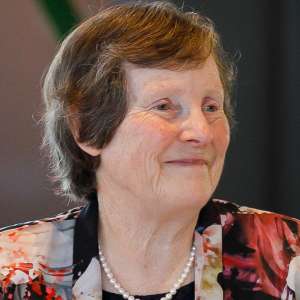Particle + base structures in early acquisition of te reo Māori
Abstract
This paper draws on a longitudinal, qualitative case-study which documents aspects of the language socialisation and acquisition of two children growing up with te reo Māori and English from birth. In the early stages of acquisition, only one of the children, Puhi, produced output predominantly in te reo Māori, and so the data analysed in detail here on the emergence of grammatical structures in Māori is drawn exclusively from her. The principal finding is that the types of structure in Puhi’s two-word Māori utterances are markedly different from those found in European-language acquisition studies. This leads to the hypothesis that, following an initial one-word period, the first structures acquired and produced by young children learning L1 te reo Māori consist of a grammatical particle and a base, and therefore reflect the basic phrase-structure of Māori, rather than structures combining two content words that are typical of early L1 English production. The finding supports the notion that children target language- specific structures.



